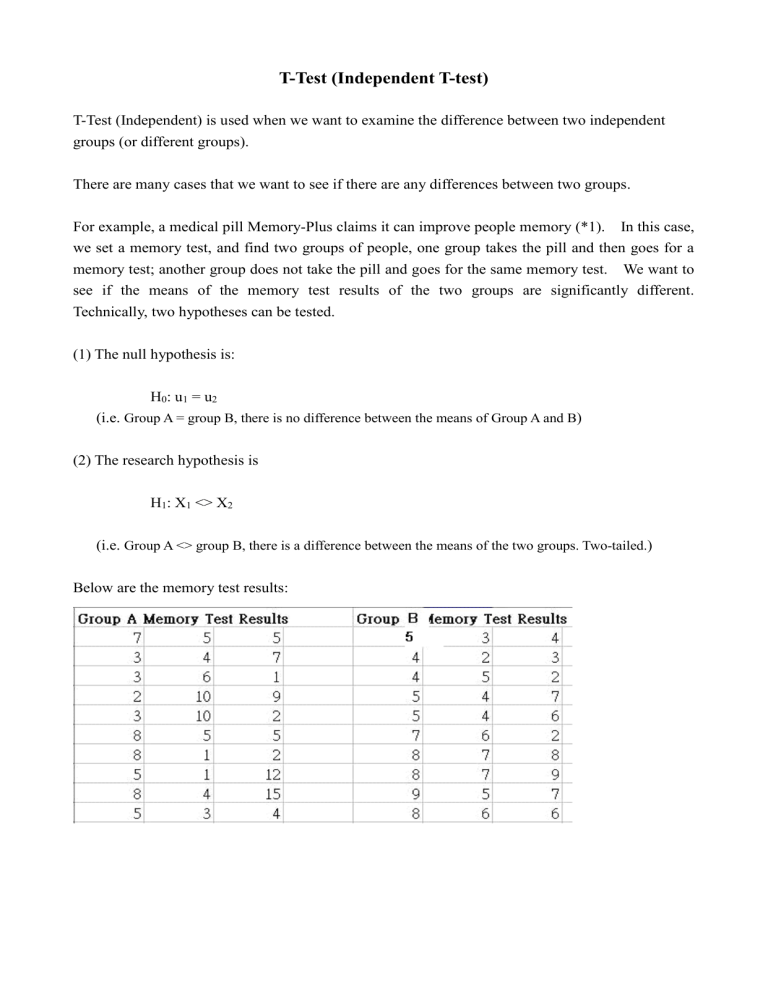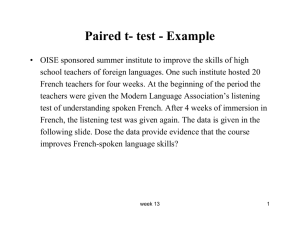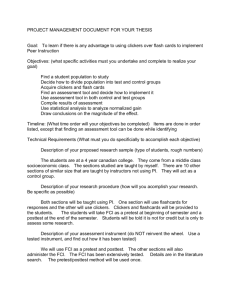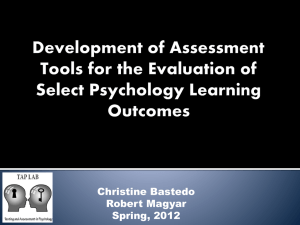T-Test Guide: Independent & Dependent Tests Explained

T-Test (Independent T-test)
T-Test (Independent) is used when we want to examine the difference between two independent groups (or different groups).
There are many cases that we want to see if there are any differences between two groups.
For example, a medical pill Memory-Plus claims it can improve people memory (*1). In this case, we set a memory test, and find two groups of people, one group takes the pill and then goes for a memory test; another group does not take the pill and goes for the same memory test. We want to see if the means of the memory test results of the two groups are significantly different.
Technically, two hypotheses can be tested.
(1) The null hypothesis is:
H
0
: u
1
= u
2
(i.e. Group A = group B, there is no difference between the means of Group A and B )
(2) The research hypothesis is
H
1
: X
1
<> X
2
(i.e. Group A <> group B, there is a difference between the means of the two groups. Two-tailed.
)
Below are the memory test results:
Based on the memory test result, we calculate the t-test to find the result.
The formula for the calculation:
(*1)
As we have the tools SPSS, we use the SPSS to calculate the t-score.
Step 1: set up the data variables.
Step 2: Enter the data
Step 2: Menu Bar > Analyze > Compare Means > Independent Samples T Test. And then drag the test_scores to ‘Test Variable(s)’, and drag Group to ‘Grouping Variable’.
Step 3: Click the ‘Define Groups’ button, enter ‘A’ for group 1, ‘B’ for group 2.
Step 4: Click ‘Continue’ and ‘Ok’ to generate the statistic values. Two results will be produced, you can forget about the Group Statistics and just focus on the first row ‘Memory test scores Equal variances assumed’ of the second table ‘Independent Samples Test’
Now pick the‘t’ value of -0.137
, df (degree of freedom) of 58 , set the p= 0.05
and look up the table in Table-1 , you will get the critical value of 2.001
, which is larger than the t value of 0.137. The conclusion is the H
0
is accepted .
Table-1
(*1) The example and formula is extract from the book Salkind (2004) Statistics for People who
(think they) hate statistics, Sage Publications.
T-Test (Dependent T-test or Paired T-Test)
T-Test (Dependent or Paired) is used when we want to examine the difference between two groups of same participants. (one pretest and one posttest for the same group of people)
There are many cases that we want to see if there is any difference between two groups of same participants.
For example, a memory-improvement method X claims it can improve people memory. In this case, we let a group of people taking a memory test (pretest) and then record the test scores. Later, the same group of people will learn the memory-improvement method and then take another memory test (posttest) and record the test scores.
We want to see if the means of the memory test results of the two groups are significantly different.
Technically, two hypotheses can be tested.
(1) The null hypothesis is:
H
0
: u
posttest
= u
pretest
(i.e. Post test = Pretest, there is no difference between the means for Post test and Pretest )
(2) The research hypothesis is
H
1
: P osttest
> X
pretest
(i.e. Post test > Pretest, Posttest is better than Pretest for the same group )
The calculation of t is
For SPSS, we follow the steps below:
Step 1: set up the data variables:
Step 2: enter the data
Step 3: Menu Bar > Analyze > Compare Means > Paired-Samples T Test.
Hold the Shift key and click on Pretest Scores and Posttest Scores. Click the paired variables to the ‘Paired Variables’.
to move the
Step 4: Click ‘OK’ to generate the statistics values.
When we look at the ‘t’ value of ‘-2.449’ and look up the critical value table with df of 24 at the
0.05 level for one-tailed test, the critical value for rejection of the null hypothesis is 1.711. The conclusion is: if the t value (2.449) is greater than the critical value of 1.711, then H
0
cannot be accepted, but H
1
is accepted. Also note that the minus sign for ‘-2.499’, that means the pretest scores mean – posttest score mean, i.e., the posttest score mean is higher, that also justify the H
1
.








